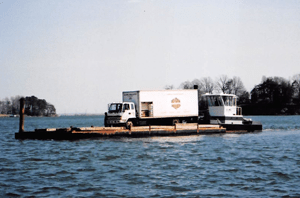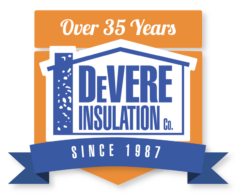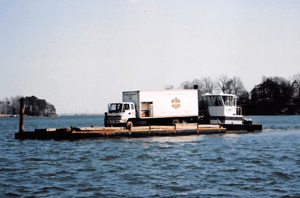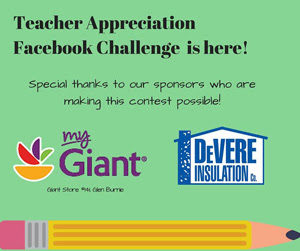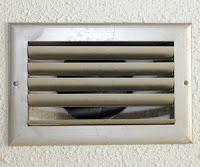Ventilation is becoming an important topic in the world of energy efficient homebuilding.
What You Need to Know About Ventilation in New Construction
Ventilation is becoming an important topic in the world of energy efficient homebuilding (sometimes referred to as the “V” Factor). With the increase in green building and the tighter building envelopes that result, a new problem has emerged for builders. New buildings that are increasingly airtight can have poor indoor air quality.
Why the increase in air quality problems?
Older homes weren’t built as tightly as today’s standards and were ventilated by the wind or natural air leakage. Let’s not forget that some older homes had no insulation or insulation made of natural materials. These older products did not include volatile organic compounds (VOCs), flame retardants or other additives commonly found in building products today, so ventilation wasn’t as much of an issue.
Today roughly 25 million Americans suffer from asthma. The idea of an “airtight” house — which might be energy efficient — may not provide proper ventilation ensure their health.
Today’s tight building envelopes require controlled mechanical ventilation to maintain optimal air quality. And it’s a part of energy efficiency that can be overlooked.
Which type of ventilation is best? There are a number of factors that ultimately influence which system is most appropriate. These include code requirements, the size of the building, combustion appliance type, and budget. Four common ventilation system options are especially suited to energy efficient homebuilding:
- Exhaust Only — This common method uses a small exhaust fan placed in a kitchen or bathroom, which runs continuously or intermittently to exhaust stale air and moisture. These systems are inexpensive and easy to install.
- Supply Only — In supply only ventilation systems, a fan brings in fresh air and stale air escapes through cracks and air-leakage sites in the home. These systems can include a filter to trap pollen and dust or a dehumidifier to control indoor humidity levels.
- Balanced — A balanced system provides a much better ventilation solution because it includes separate fans that drive both inlet and exhaust air flow, which allows control of where the fresh air comes from and where it is delivered. Typical systems are designed to ventilate living rooms and bedrooms where people spend most of their time.
- Balanced with Heat Recovery — These systems co-locate the usually separate fresh air and exhaust fans and an air-to-air heat exchanger so that the outgoing house air will precondition the incoming outdoor air. This system is ideal for colder climates.
Have questions about the proper ventilation system for your home or commercial building? Contact us today.
